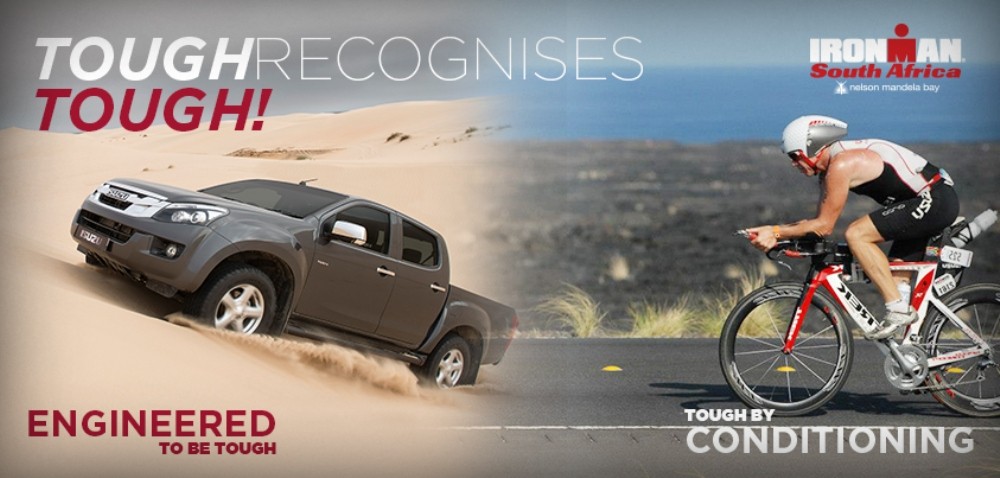Base,Base, Base!!! You have to develop your aerobic engine and the bigger the base, the more solid the foundation, the higher the peak. Build gradually, steadily
and frequently, interspersed with regular recovery sessions.

Putting in the hard yards!
The more consistent the pressure you put on your plumbing system(cardiovascular) the better and the best way to do that is to train at a more consistent ‘effort’ level in base training, so be careful of taking the hard/easy methodology of training too literally.
I am a great believer in what I call steady state running. In an ideal world, discovering your aerobic threshold, lactate turnpoints and key heart rate zones would be great,
but it is not absolutely necessary. Steady state running is running just beyond
conversational pace and upwards and there are two ways to judge when you have
‘maximised’ this form of training. (In other words just below the red line, as when you are red lining it you are upsetting the blood’s ph levels which can also lead to injury/illness).
One method is to do your steady state runs on set routes and the tempo/pace gradually increases automatically as you improve, or become fitter. Initially you will detect substantial time improvement, at similar effort, session to session, or week to week, with some improvement thereafter, although not as rapid. Once your improvement is negligible you are ready for the next phase.
The other option, for those with heart rate monitors, is to run a set route and
either run at the same pace, while detecting a simultaneous lowering of the
heart rate, alternatively to run with the same effort, but faster due to the
natural progression and detecting a similar heart rate as previous sessions.
Once you find the effort, time, or heart rate is sticking somewhat you have
achieved your objective in this phase. Raynard Tissink used this methodology in his Base Training a few years back and the results were quite amazing.
Example: I was training 3 athletes for their marathon debut on this type of steady state training, just building a strong base and suddenly a local marathon popped up on the scene, with a US$2,000 bonus for a sub 2hr 15 min win. It was 2 months earlier than we were planning for so we had done no speedwork, not track, just steady state running and fartlek, but we decided to go for it on 8 weeks base training. Simon Mpholo won on debut (2hrs 14) and the other two ran 2h15 (Norman Dlomo) and 2h16 (Petrus Sithole) respectively.
For me the key is to keep consistent pressure. So if I was running ‘hard’ twice a week interspersed with two easy runs (plus my long run), then I’m getting a graph where the peaks and valleys are quite far apart. So instead of woking on running the ‘hard’ runs harder, I would run those at a similar effort, or slightly easier and rather work on upping the effort in the easy runs, bringing the peaks and valleys closer, ensuring more consistent pressure on my plumbing/cardiovascular system. See pic below illustrating that in this phase of training, the graph on the left is the ideal!
Caution: Most runners are far too impatient and want instant results, so test themselves and as soon as you test yourself, you need ample recovery, which defeats the object. For this process to work you need to be patient, very patient and let the body adapt in its own time. Do that and you will be amazed at both the interim and end results.
Important tip for Triathletes: Learnt from 5 time World Champion Simon Lessing of Boulder Coaching: Runners and Cyclists often tend to neglect their swimming as it is a small component of Ironman or Triathlon, but doing more swimming is vitally important. It not only improves your swimming time (even if it is negligible) but it builds your aerobic engine with little chance of injury. As Simon says swimming helps cycling and running but it doesn’t work the other way around and good swimmers are able to be competitive in triathlons a lot sooner than good cyclists or runners. I totally agree with this, so do not neglect the swimming!

A Dream is a Wish until commited to a Plan!
![]() The Riddle of an Ironman's Life
The Riddle of an Ironman's Life






